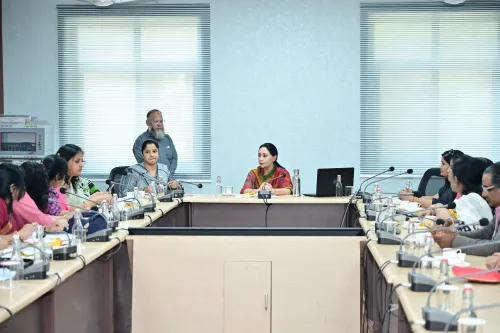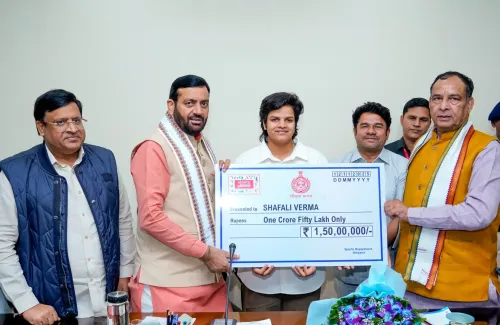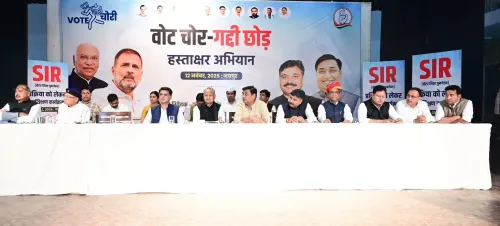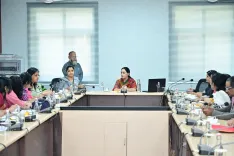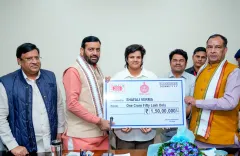Is Chandigarh's High Dependency on Private Vehicles Indicating a Need for Clean Mobility Alternatives?
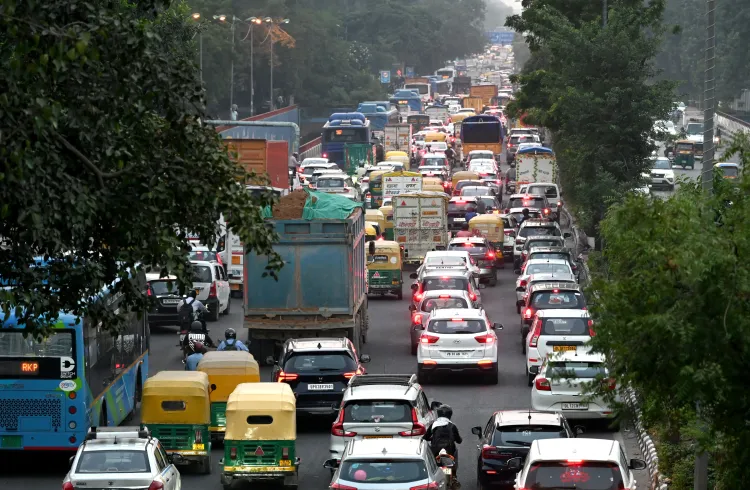
Synopsis
Key Takeaways
- Chandigarh's reliance on private vehicles stresses the need for sustainable transport.
- CEEW's recommendations focus on expanding public transport.
- The RAAHI project exemplifies successful EV adoption strategies.
- Gender inclusion is crucial for sustainable mobility.
- The transition to electric vehicles is gaining momentum in India.
Chandigarh, Nov 12 (NationPress) The significant reliance on private vehicles in Chandigarh, the shared capital of Punjab and Haryana, highlights a pressing need for strong public transport systems and clean mobility solutions to mitigate rising emissions, traffic congestion, and energy consumption.
This crucial insight emerged during a roundtable discussion hosted by the Council on Energy, Environment and Water (CEEW) on Wednesday, focusing on 'How can Indian cities attain sustainable and inclusive mobility via shared transport like buses and autos?' This event was part of CEEW's workshop series titled ‘Future of Our Cities’.
CEEW researchers suggested the need to expand the bus fleet, electrify intermediate public transport (IPTs) such as autorickshaws and Vikrams, and promote gender inclusivity to ensure sustainable urban mobility.
India’s transition towards Electric Vehicles (EVs) is accelerating, with over 1 million EV units sold in 2024-25.
This surge is fueled by a mix of national initiatives like FAME I and II, state-level EV strategies, and increasing consumer trust.
Particularly, the electric three-wheeler (e3W) sector has experienced the quickest growth.
Punjab showcases a remarkable local achievement with the 'Rejuvenation of Auto Rickshaws in Amritsar through Holistic Intervention' (RAAHI) project.
This initiative effectively addressed significant challenges to EV adoption by offering a substantial subsidy of Rs 1.3-1.5 lakh to encourage the shift from diesel to electric three-wheelers (e-autos), facilitating access to formal bank financing, steering drivers away from exploitative informal lending, and conducting awareness campaigns and vehicle demonstrations to enhance driver confidence in e-auto performance and economic viability.
So far, this project has transitioned 1,200 outdated diesel vehicles to new electric models, improving driver livelihoods and achieving substantial annual emission reductions.
Recognizing that women account for less than 1% of India's transport workforce, the project implemented targeted strategies, including a 90% subsidy for female drivers, the formation of Self-Help Groups (SHGs) in collaboration with NULM, and assistance in obtaining driver’s licenses.
This initiative has successfully integrated 200 women into the e-auto ecosystem in Amritsar.

